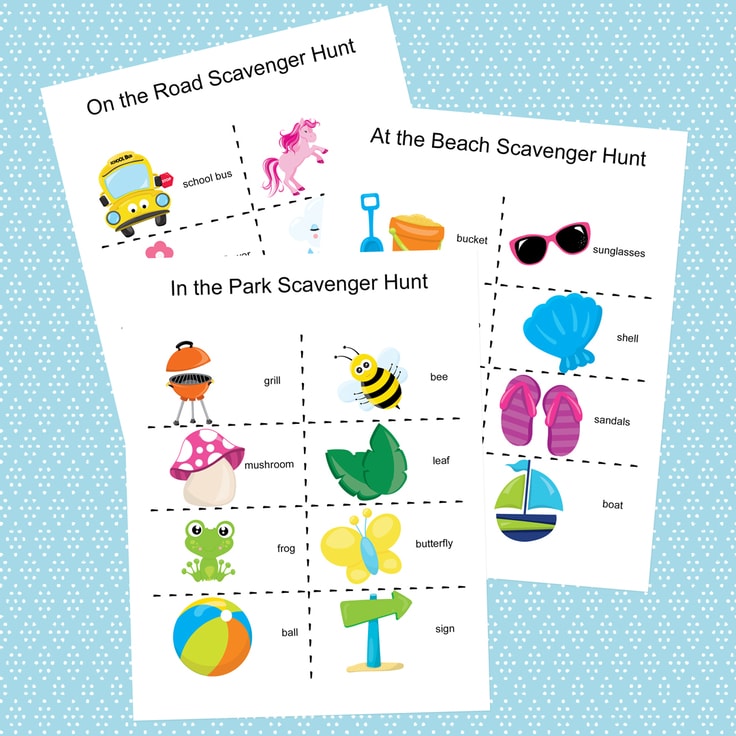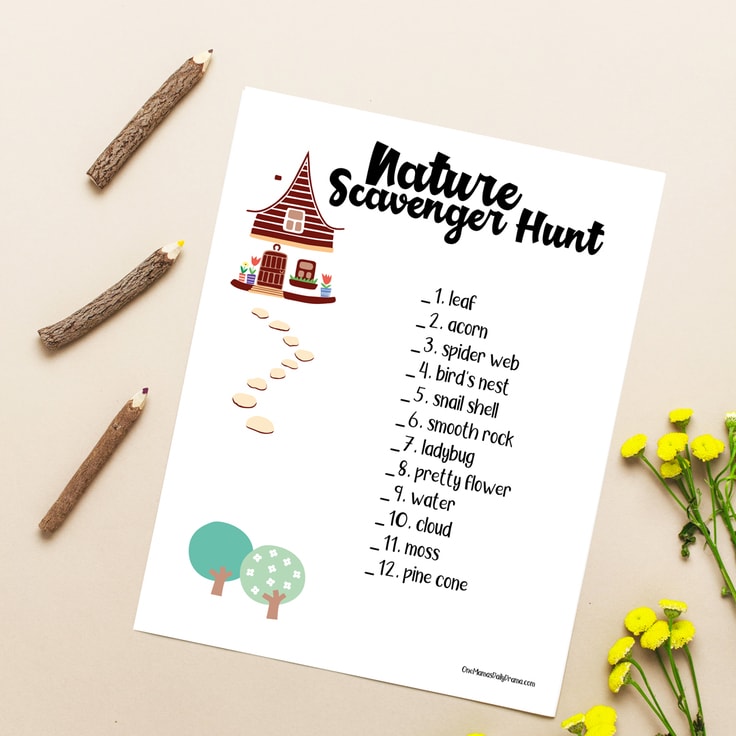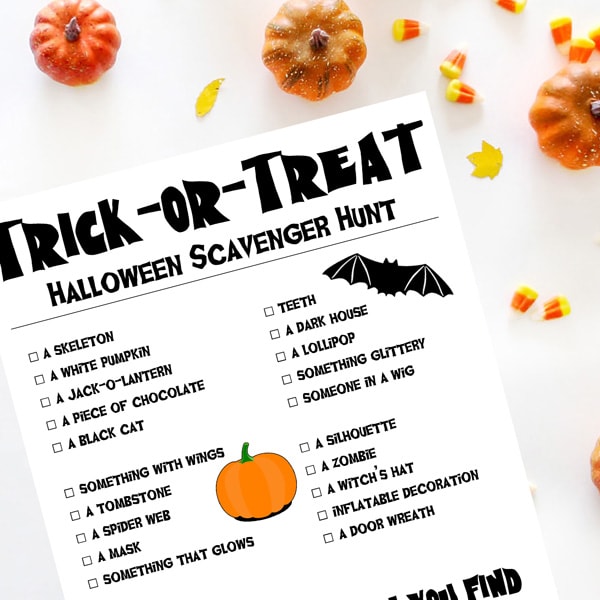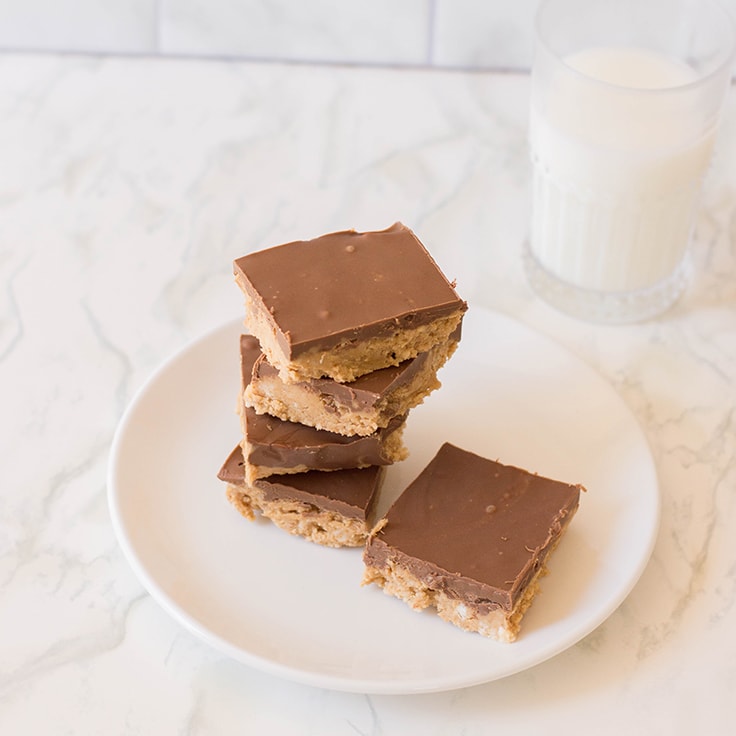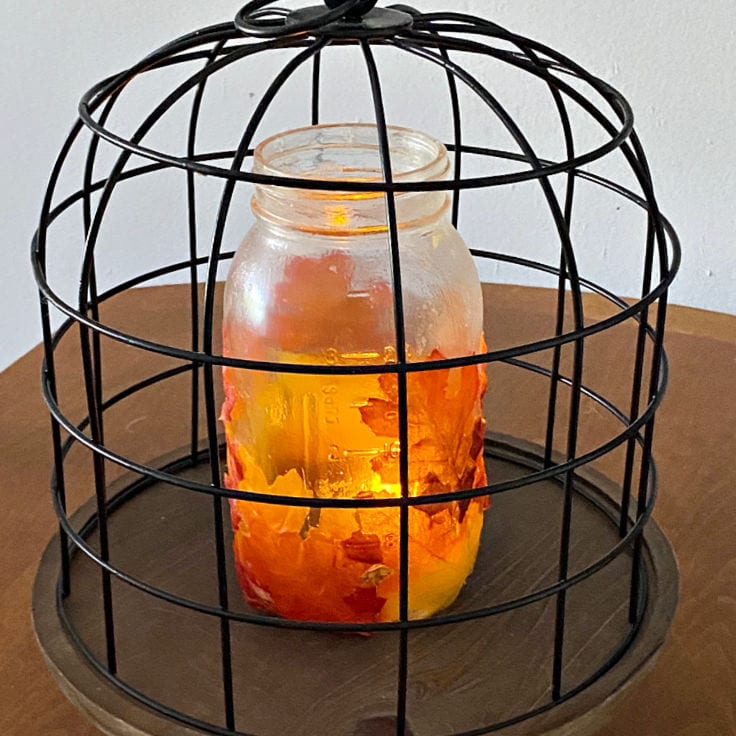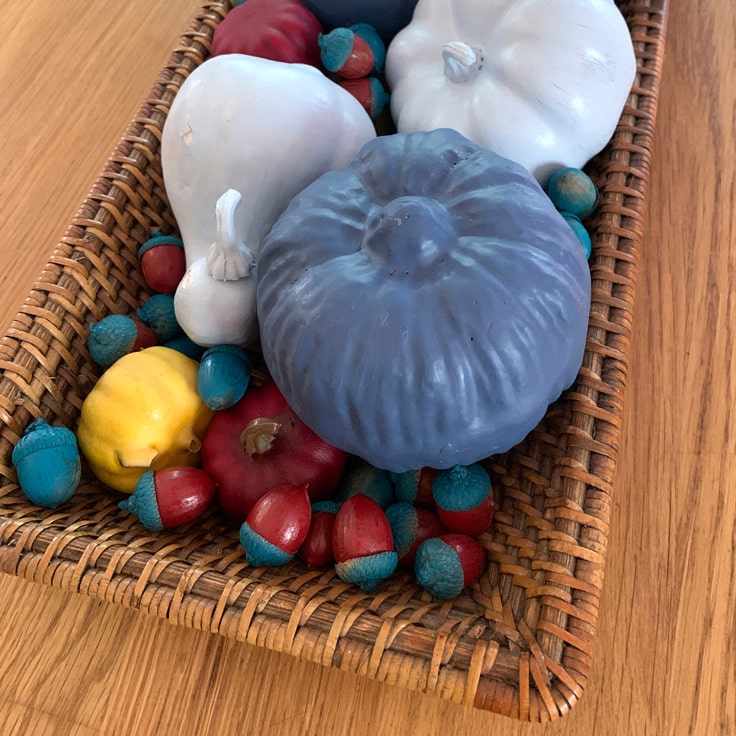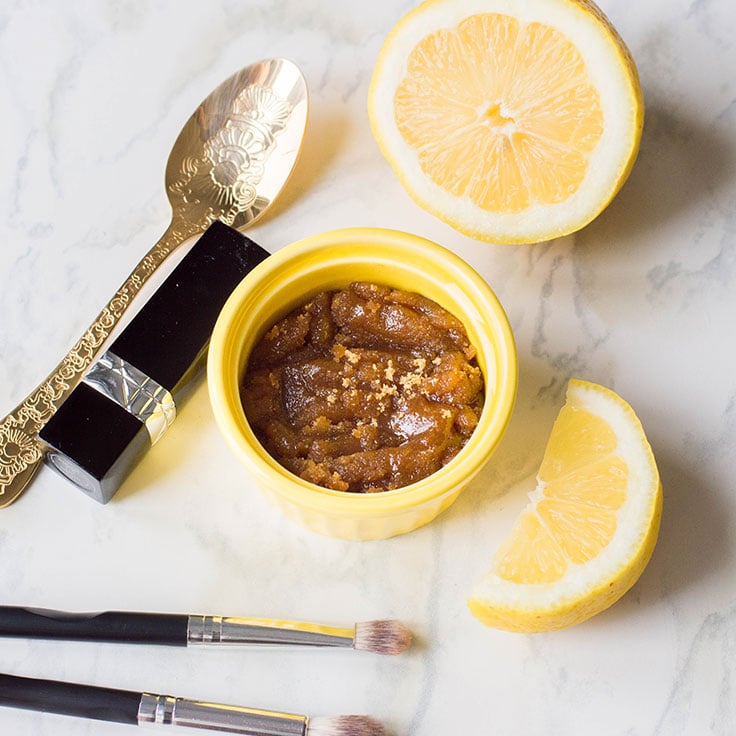Easy Indoor Scavenger Hunt for Kids
THIS POST MAY CONTAIN AFFILIATE LINKS. PLEASE SEE OUR FULL DISCLOSURE POLICY FOR DETAILS.
An indoor scavenger hunt is the perfect family activity when you’re staying indoors at home. Discover how to create your own custom game for kids of all ages.
Some of the easiest ways to entertain kids are the simplest ones. I’m Keri from One Mama’s Daily Drama and Backyard Summer Camp. My kids have always loved games that include a bit of challenge, like a scavenger hunt. It’s an easy kids’ activity to DIY and you can use items you already have at home. Today I’m sharing my tips for planning one, plus some fun and creative themes.
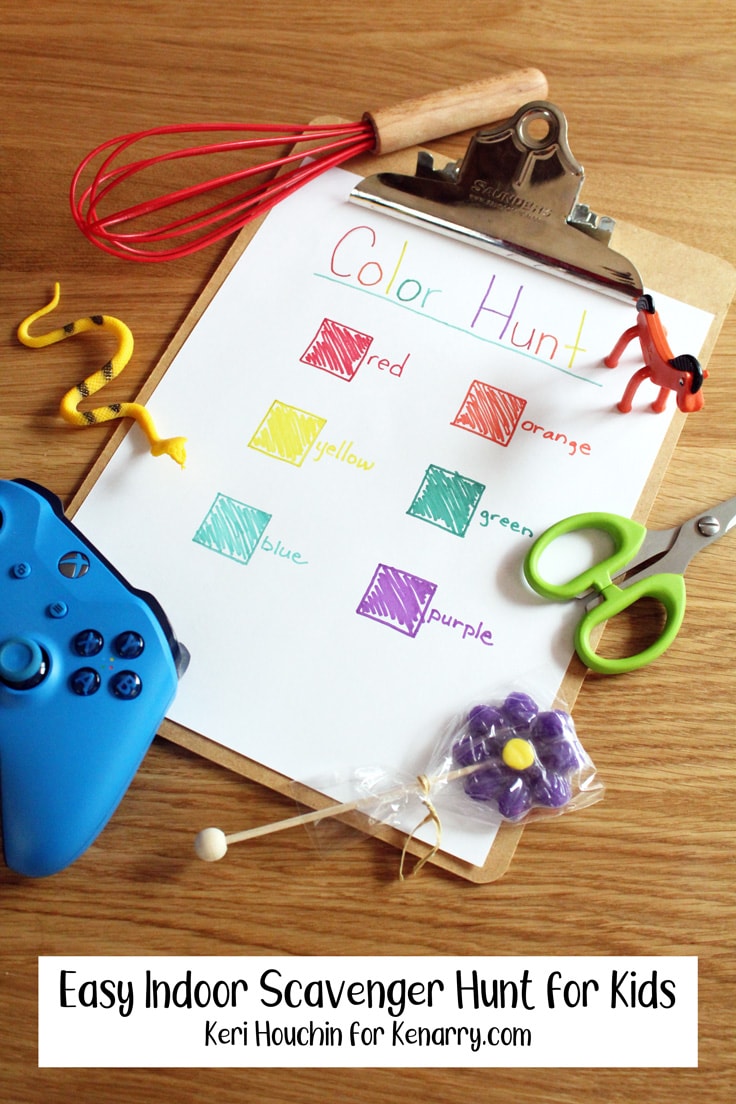
In the summer, we love to spend more time reading and playing card games. You can only spend so much time at home before the kids will say the inevitable: “I’m bored!”
If you need something new and creative to do with your family, an indoor scavenger hunt is the perfect boredom buster. You don’t need any particular supplies and you can customize the scavenger hunt for your kids. Best of all, this is an activity that you can do over and over with a few changes to keep it interesting.
Scavenger hunts are fun for all ages. Preschoolers will enjoy a simple hunt with pictures of the items to look for. Older kids can search for more challenging items or follow clues. And tweens and teens will enjoy the challenge of riddles and puzzles that make them think about each item.
How to Make an Indoor Scavenger Hunt
Want more ideas like this? Subscribe today to get our weekly Ideas in Your Inbox newsletter plus other exclusive gifts and offers — all for FREE!
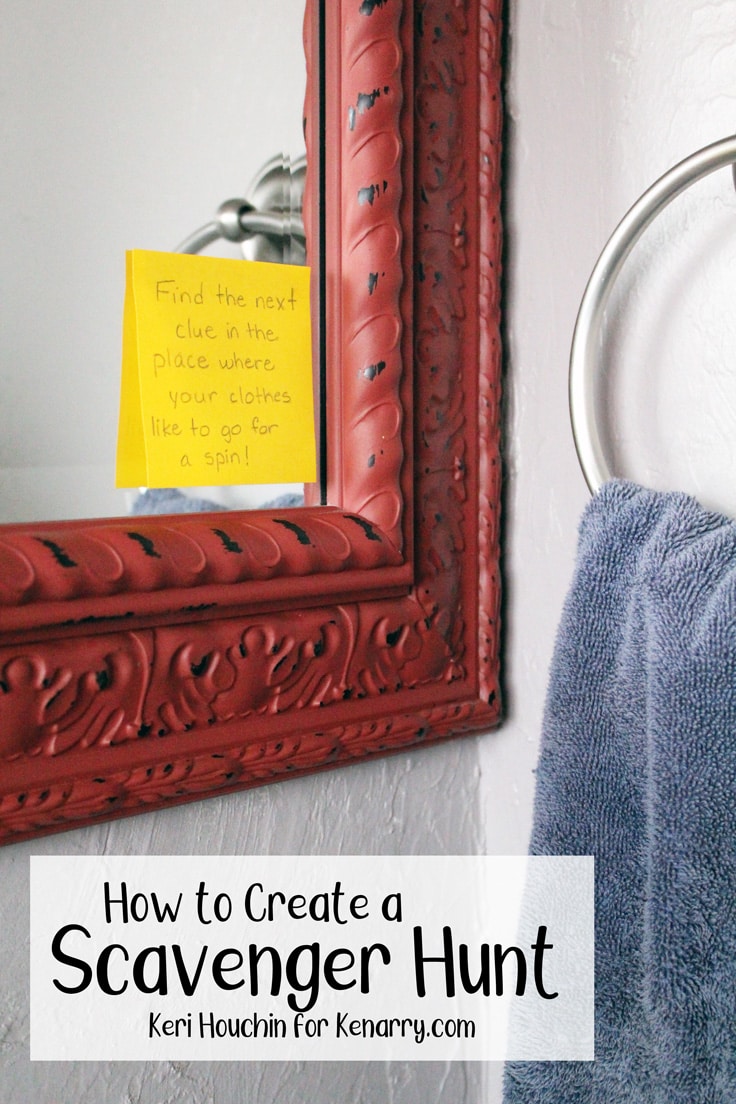
1. Decide whether to write a single checklist or to hide the clues.
There are two main types of scavenger hunts.
One is a simple checklist that includes a list of items. These might be specific items, like a toy car and a pair of striped socks. It could also be more open-ended, such as finding something blue and something fuzzy.
The second type is more of a treasure hunt, with each clue leading to the next one. Clues don’t have to rhyme but should challenge the hunters with a hint about the next place to look. For example, “Find where your clothes like to go for a spin” would lead to the washing machine.
2. Choose a scavenger hunt theme.
Once you’ve decided what type of hunt to create, choose a theme. You could choose a mix of household items to keep it simple, but a theme is a fun way to make it a little different. Here are a few fun theme ideas:
- Zoo Safari – Hide plastic animals around the house and have kids photograph them. This would also be cute with plastic dinosaurs.
- Get Moving – Write an activity on each hidden clue to do before moving on, such as jumping jacks.
- Alphabet Hunt – Find one item that begins with each letter of the alphabet, or all the same letter.
- Color Hunt – Make a list of colors and find one item that matches each one.
- Dress Up – Make a list of costume items and hide them around the house. As kids find each one, they have to put it on.
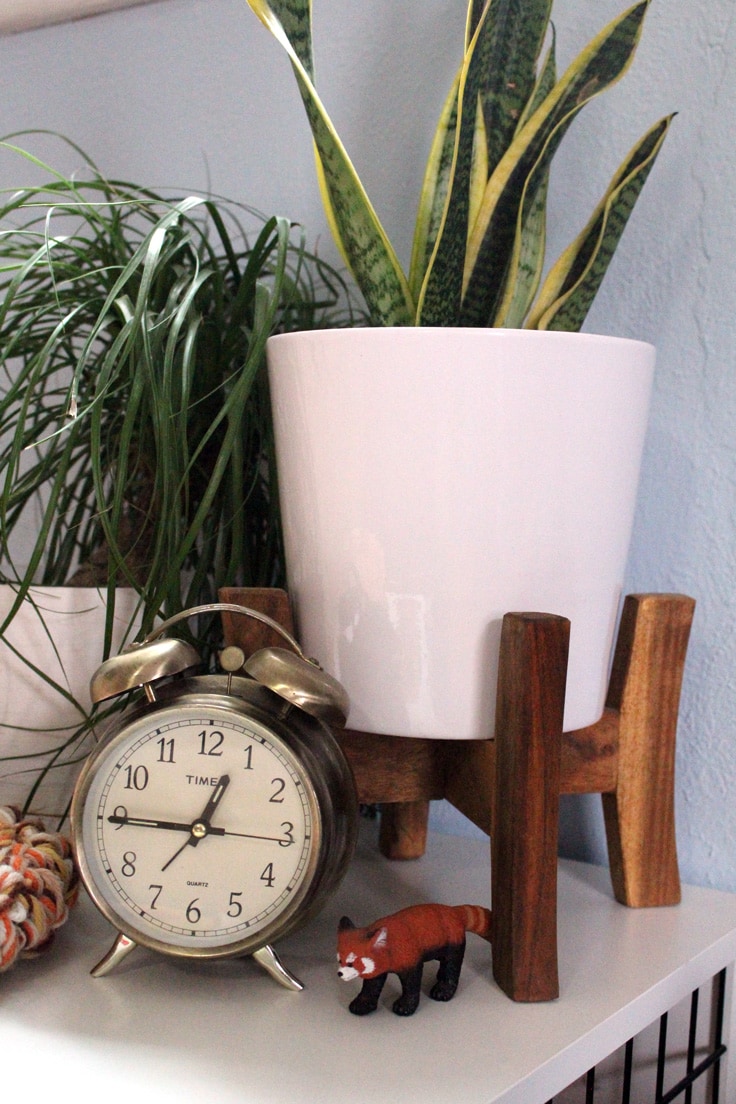
3. Write your scavenger hunt list.
Include items that are large and small. Make a few clues that are easy and some that are more challenging. For younger kids, a simple list of items is easier, but for older kids, you may want to be more open-ended to get them thinking. For example, “find something that keeps you warm when you go outside” might be a hat or scarf, or just a pair of socks.
4. Hide the items around the house.
For a broad list that includes items like “something red”, you may not need to actually hide all the items. Make sure you have a few ideas for what the kids can find and where it is in case they need help. If you’re doing a hunt with specific items or hidden clues, hide them around the house right before the game starts.
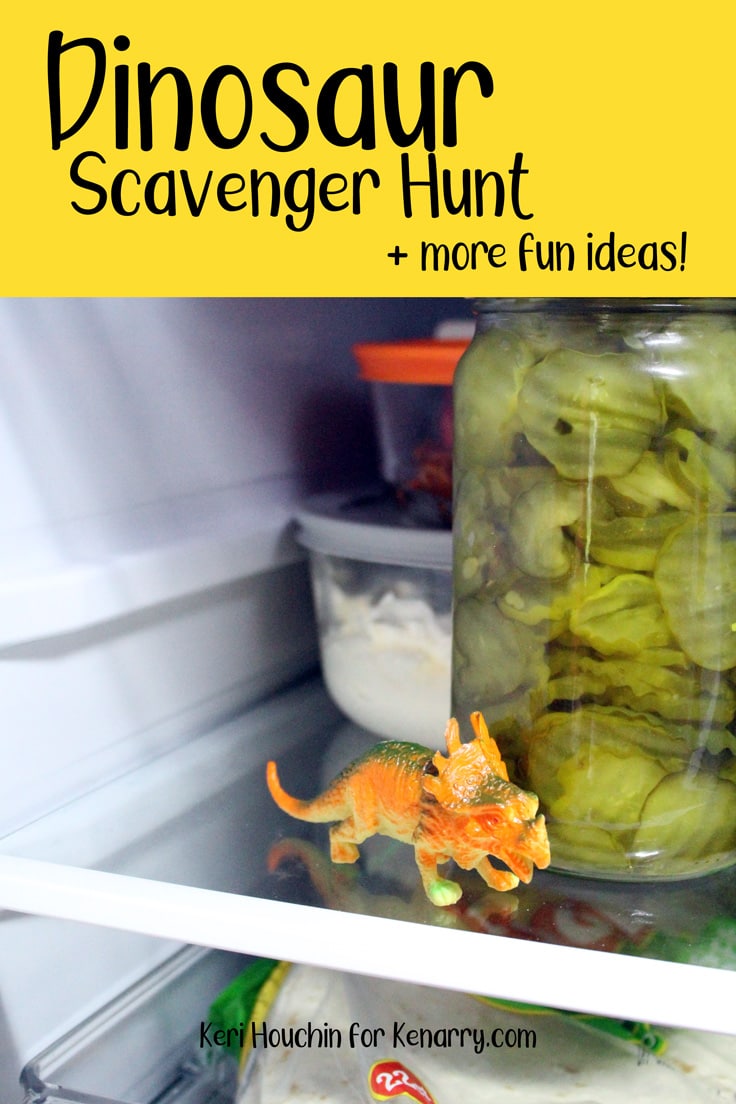
5. Share the hunting rules.
Decide what the rules are for your scavenger hunt, such as no running. You may have areas of the house where you don’t want the kids to go. You’ll also want to let them know whether they are collecting the items together, snapping a photo, or just checking each one off of the list when they find it.
6. Set a time limit for searching.
One of the benefits of this activity is that it can keep the kids entertained for a while. You don’t want them to get frustrated or lose interest, though, so it’s a good idea to set a time limit. An ideal deadline is 30 to 45 minutes for younger kids or an hour for older ones.
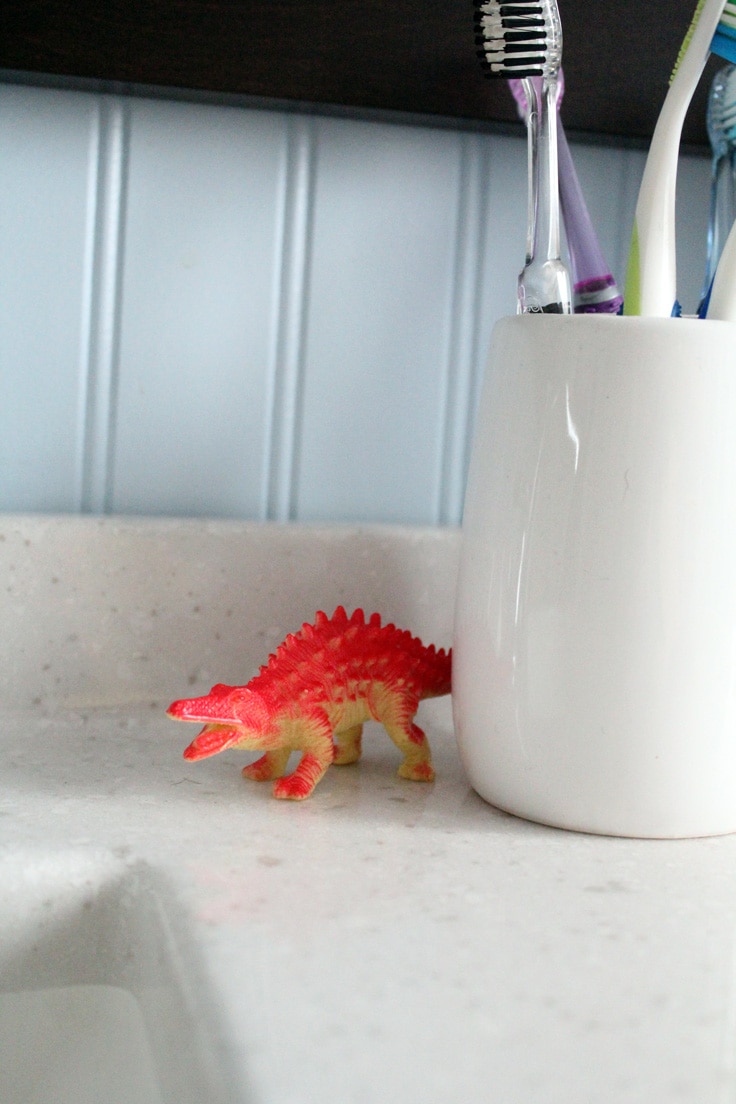
7. Encourage kids to work as a team.
If you have a large group of kids playing, such as during a birthday party, you might want to divide the group into 2 teams. For a small group of siblings at home, have them all on one team and encourage them to work together. They might take turns reading the clues or each has a different task.
8. End with a snack break.
Instead of a prize at the end of the scavenger hunt, plan a fun snack that everyone will enjoy. You could make it the last clue or just have it ready when the kids are done searching.
What’s Next?
Another great place for your keyword. If you enjoyed these indoor scavenger hunt tips then you’ll enjoy these outdoor scavenger hunts too.
Nature Scavenger Hunt for Kids
Printable Halloween Scavenger Hunt
You may also enjoy these indoor play ideas on Ideas for the Home by Kenarry® –

